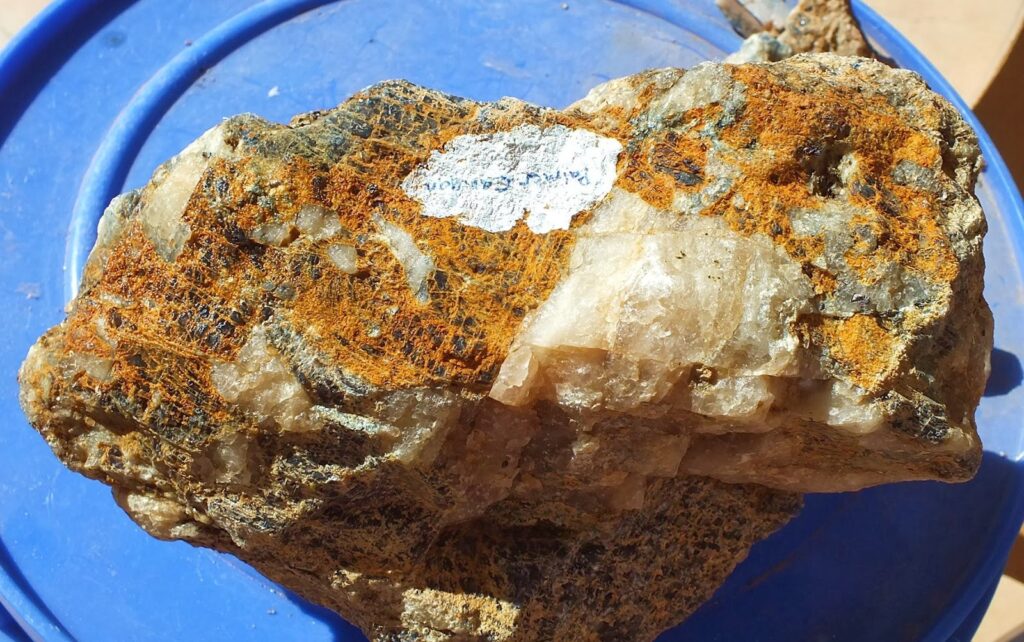Experience the Pinnacle of Relaxation Premium Massage Bliss
In the hustle and bustle of modern life, amidst the incessant demands and ceaseless clamor, there exists an oasis of tranquility, a sanctuary where stress evaporates, and serenity reigns supreme. Welcome to the realm of Premium Massage Bliss, where indulgence meets rejuvenation and every touch is a symphony of relaxation. Step into our haven of luxury, where the ambiance itself whispers promises of respite. Soft, muted lighting bathes the room in a warm glow, casting shadows that dance in harmony with the gentle melodies that caress the air. The scent of essential oils hangs delicately, weaving through the atmosphere, coaxing the senses into a state of blissful surrender. Your journey begins with a personalized consultation, where our skilled therapists will tailor each aspect of your experience to suit your unique needs and preferences.

Whether you seek relief from muscle tension, a respite from the demands of daily life, or simply a moment of pure indulgence, our experts is dedicated to crafting an experience that transcends mere relaxation. As you recline upon the sumptuous massage table, tension begins to melt away with each passing moment. The therapist’s skilled hands, guided by years of expertise and a genuine passion for their craft, work their magic, unraveling knots of stress with precision and care. Every stroke is infused with intention, every movement a testament to their dedication to your well-being. Immerse yourself in the sensation of warm, 안양출장안마 fragrant oils as they glide across your skin, soothing tired muscles and soothing frayed nerves. Feel the weight of the world lift from your shoulders as tension dissipates, leaving behind only a profound sense of peace and contentment. But the journey doesn’t end there. At Premium Massage Bliss, we understand that true relaxation encompasses the body, mind, and soul.
That’s why each session is designed to engage all the senses, transporting you to a state of profound harmony and balance. Allow yourself to be enveloped by the gentle strains of ambient music, each note a soft caress upon the ears. Feel the gentle hum of the massage table beneath you, a comforting reminder of the support that surrounds you. Let the subtle aroma of essential oils transport you to distant shores, where worries are but a distant memory. As the session draws to a close, bask in the afterglow of pure relaxation, 안양출장안마 feeling rejuvenated, reinvigorated, and utterly renewed. Take a moment to savor the sensation, knowing that you have experienced the pinnacle of indulgence, the epitome of luxury. But the magic of Premium Massage Bliss extends far beyond the confines of our sanctuary. Carry the tranquility you have found here with you into the world, allowing it to infuse every aspect of your life with calm, clarity, and joy.









